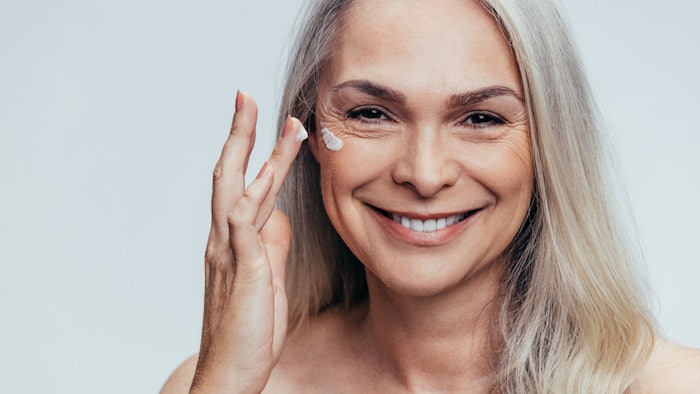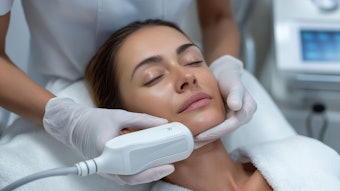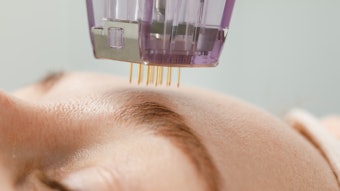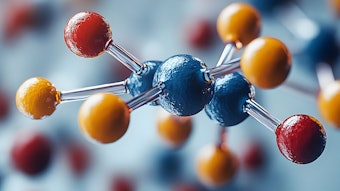
Researchers conducted a retrospective study to analyze the intra-individual evolution of the facial skeleton, since previous studies have included a limited number of patients. The study, published in the Aesthetic Surgery Journal (November 2021), confirmed the clockwise rotation of the midface during aging.
Related: Understanding the Etiology of Facial Aging
The retrospective study included 56 patients (29 males and 27 females) who underwent two separate facial computed tomography scans (T1 and T2) with a minimum gap of seven years. The mean ages at T1 and T2 were 50 and 59 years, respectively. Using 3-dimensional reconstructions, the researchers measured and compared seven facial angles (glabellar, orbital, piriform, maxillary, subdental, chin, gonial) and six facial distances (lacrimal crest, orbital floor, piriform, zygoma, labiomental, gnathion) on both computed tomography scans.
Researchers found a significant decrease between T1 and T2 in facial angles at the midface (glabella, orbital, piriform and mixillary angles). There was a significant increase in all facial distances between T1 and T2 for the overall population and for men. For women, all distances increased, but only piriform and zygoma distances showed significant changes. Bone remodeling appeared earlier in women.
Related: How Metals are Being Used in Anti-aging Skin Care
This study confirms that there is clockwise rotation of the midface during aging, which the authors note could lead to a better understanding of aesthetic medicine practices.











